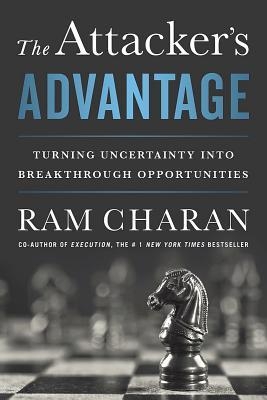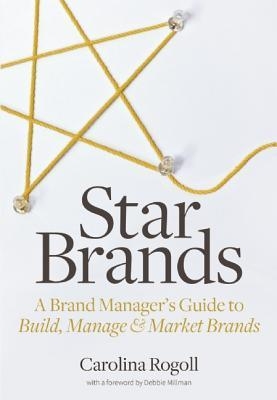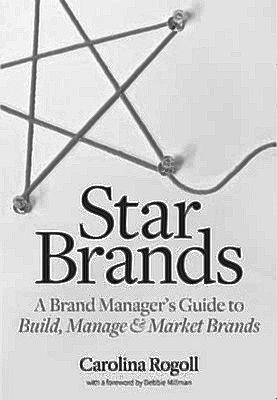


“The Attacker’s Advantage – Turning Uncertainty into Breakthrough Opportunities” by Ram Charan (PublicAffairs, $24.99)
Strategists often see their road as a straight one with obstacles on the horizon to be dealt with as they appear. Charan cautions them that the real obstacles are much closer. Just around every corner lurk outliers, competitors, consumers, other industries and government policies that can upset the strategic applecart by altering a market’s the structural dynamics and mechanics.
Example: During the financial crisis, banks and financial services companies tightened commercial and consumer lending practices. Many small businesses and buyers of big-ticket items could not obtain loans. Many consumers couldn’t obtain mortgages. There was a domino effect on other industries.
Charan believes that companies blindsided by such events were too focused on executing short-term tactics and daily operations and lacked the “perceptual acuity” to see a bigger picture. They looked at things from the inside out and relied on what they knew.
Catalysts, on the other hand, see things in the picture that others don’t. They are creative thinkers who are one step ahead of everyone else’s thinking.
They take risks and “get excited about new opportunities”. He cites Ted Turner’s move into cable TV and developing CNN as “linking a demographic trend with an existing technology”.
They can also mine gold from “dead” technology. Steve Jobs found a new use (i.e. screens for iPhones and iPads) for Gorilla Glass, a decades-old product mothballed by Corning Glass. Now, others are looking through the Gorilla Glass and developing new applications.
The catalyst has future vision, too. Elon Musk’s solar-charged Tesla Home Battery, while economically unviable today, could be the answer to offsetting forecast high electric bills a decade from now.
How do you become a catalyst? Find out how game-changers changed the game by looking from the outside in. Charan’s book identifies many and their methods.
“Star Brands: A Brand Manager’s Guide to Build, Manage &Market Brands” by Carolina Rogoll (Allworth Press, $24.99).
Rogoll, the woman behind many of Procter &Gamble Co.’s iconic brands, has developed a five-step framework that starts with conception and ends with ongoing nurturing. Budding brand managers can use the book as a resource; for owners of small and midsized businesses lacking marketing expertise, it’s a textbook. As such, it’s important to understand that “Brand” encompasses more than a product or service; it’s about how the business does business. Key points from the five steps:
■ Brand assessment and goal setting: Ask questions of your stakeholders that drive to their perception of what your brand means to them. Develop goals based upon what’s working and what needs to change.
■ Defining brand equity and target. Brand equity deals with the promise of the brand in the marketplace and its unique benefits in its target market. The broader the target market, the more difficult the task of defining brand promise.
■ Crafting a communications strategy. Effective communications requires insight. Discussions with target consumers should drive to the practical and emotional reasons behind the “why” of your product benefits. Communications must speak to both types of reasons, and identify media sources that your targets look to for information.
■ Establishing the marketing strategy. Marketing’s four P’s (product, place, promotion, price) are interdependent. Rogoll explains their integration through her “brand math” formula (Brand sales = Awareness X Appeal X Distribution X Usage).
■ Building the marketing plan and measurement. The plan’s statement of purpose takes into account what the brand stands for in terms of consumer expectations and the Four P’s. It should also include a budget and ways to measure performance. Rogoll’s use of Harley-Davidson’s two-page plan covers all the bases.
Download a free chapter at buildstarbrands.com.
Jim Pawlak is a nationally syndicated reviewer of business books.







